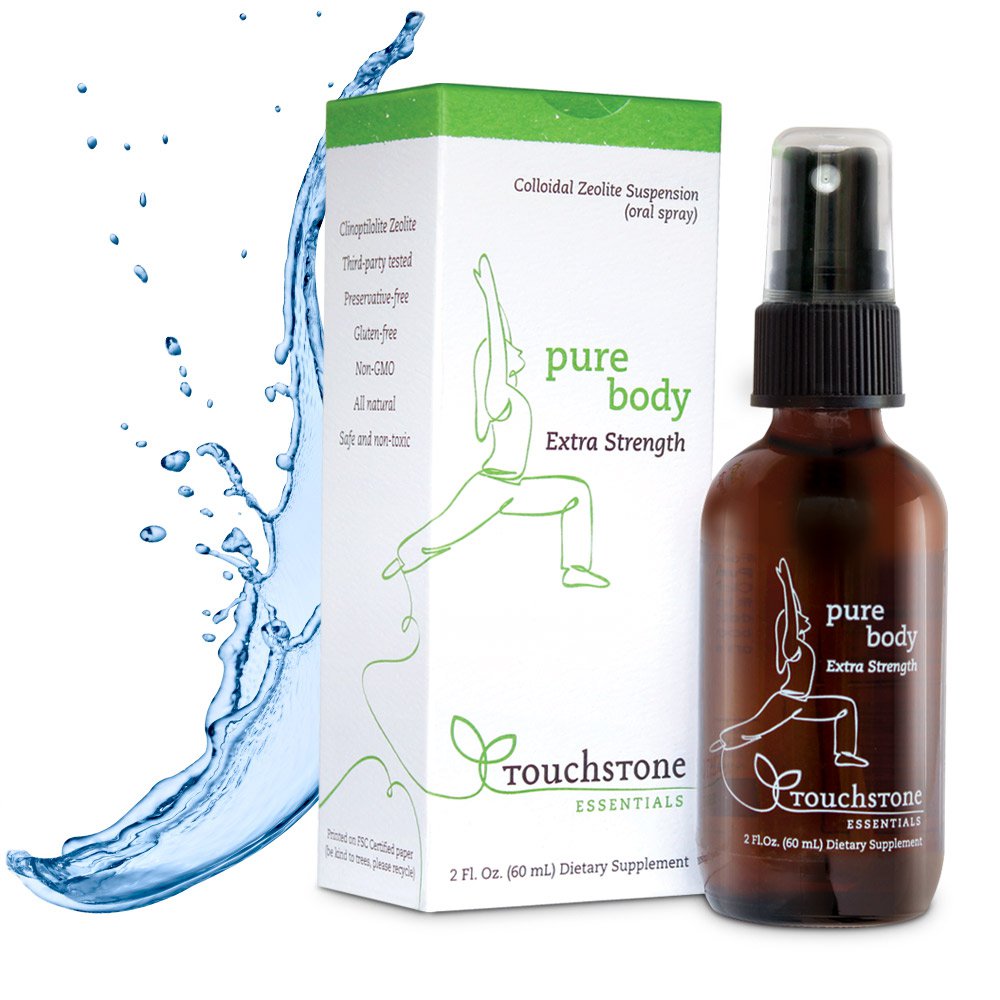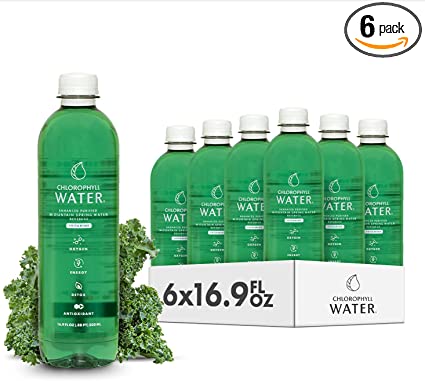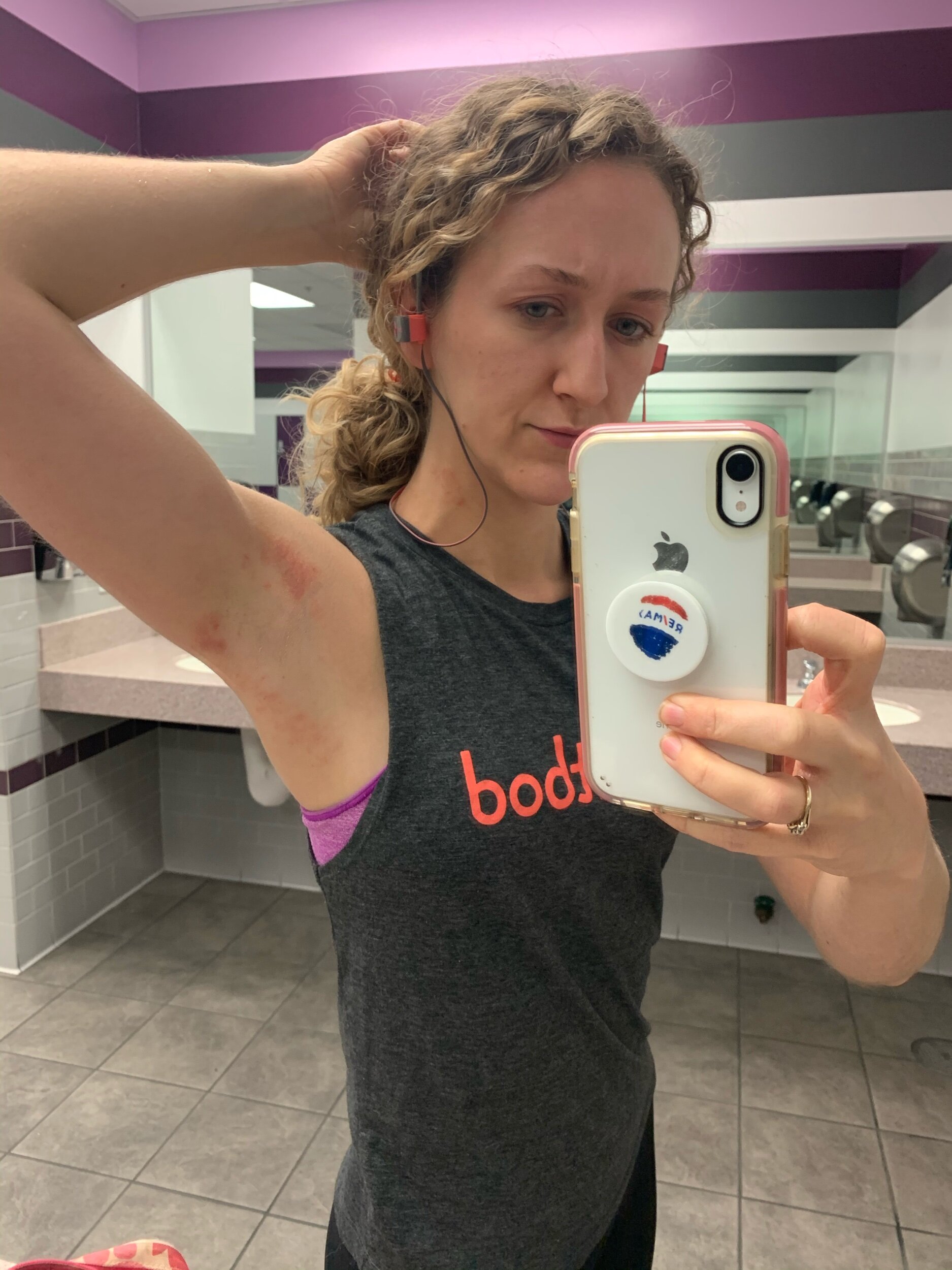
Most sweets, nuts, or dried fruits can be stored in your pantry for months, or even years, without refrigeration. The American National Association of Confectioners states that hard candy, jelly candies and caramel bottles can last for up to one year if stored correctly. Some of these items can be kept for up to six month at a surprisingly low cost. White chocolate and milk can be kept for up to six months without refrigeration.
Some foods don't require refrigeration at all. Bananas for example can be kept at room temp. Wrap them in plastic wrap, however, before storing them in the fridge to stop ethylene gas from escaping. Bananas or other fruit that do not require refrigeration should always be eaten as soon a possible. This is because ethylene gas can accelerate the ripening of these fruits. Pickles, on other hand, should not be refrigerated. But, if they are not going to be eaten immediately, you may keep them in a cupboard.
There are many options for canned meats, canned vegetables and packaged meals that do NOT require refrigeration. These easy-to-prepare and delicious meals can be prepared in less than a minute and can be reheated to create a fresh, healthy meal. Although you might have to spend more on these meals they are well worth the effort. Besides being convenient and healthy, they can also be gourmet!
There are many options for how to store shelf stable foods. One option is to keep them in your freezer and pantry. They can be used for a longer time without refrigeration if they are stored in dry, dark areas. Some organic foods and preserves can also be stored in dry areas to ensure they last a long time. These make great pantry staples as they can be easily re-used.
You can store food in a cupboard at room temperature for many years. Some foods, such soft grains and whole grain, can be stored for years. To prevent them from spoilage, it is essential to keep them at the correct temperature. Otherwise, they'll end up getting spoiled.

Some foods can survive for years without refrigeration. Some foods high in fat should be kept refrigerated. You can also store dried beans or corn in jars, which don't need refrigeration. You can make sure you have plenty of different foods in your pantry so you don't run out. Many foods are high in omega-3 fat acids which is good for your health.
Most vegetables don't require refrigeration and are perfectly edible. For vegetables that aren’t in season, however, they will need to keep chilled for longer times. Also, dried herbs and fruits don't need refrigeration. They can be stored at the same time as other foods and without refrigeration. These foods can also be stored without refrigeration for several years. Depending on the type of food, they can last for decades in a refrigerator.
Some foods don't need refrigeration. Some vegetables, such as soy sauce, and potatoes, can keep for months without refrigeration. Only dried fruits and tomatoes should be kept at room temperature. Although they won't stay fresh for long, they will keep well for several months to even years. This is the time to make a homemade smoothie. You don't even need refrigeration for many fish types.

If you don't own a refrigerator, freeze-dried popcorn can be stored for up 15 years. Popcorn can be stored indefinitely without refrigeration. Its shelf life depends on the brand. Some sugars can be kept indefinitely. However, it is best to keep them out of moisture. In addition to frozen foods, you can also preserve some food products without refrigeration. Pure maple syrup can be kept in your pantry up to ten years.
FAQ
What is the cost to study culinary arts?
The price of studying culinary arts varies widely. For example, a 4-year degree costs about $40,000. A two-year associate's program may be less expensive at $5,000. The type of program you choose will determine the tuition rates. Prices for tuition are higher in private institutions than they are for public ones.
What does a culinary program cost?
Prices for Culinary School vary depending upon where you go, what program you select, and how long you stay there. The annual tuition average is between $10,000 and $30,000 Students graduate with approximately $20,000 of debt. Some programs offer work-study, grants, scholarships and grants.
Can you learn to cook on your own?
Yes, it is possible to be a self-taught chef! No matter how much you know, cooking is something that everyone enjoys. If you are interested in learning how to cook, start cooking at home. You can start small by making spaghetti sauce for dinner or pancakes for breakfast. It is important to experiment with new recipes to learn how to cook. You might even make some mistakes.
Cooking can take anywhere from a few hours to several months depending on the skill level. It's important that you remember that cooking does not mean following a recipe. There are many methods to prepare food.
Statistics
- According to the BLS, chefs earn $58,740 a year. (learnhowtobecome.org)
- In the United States, the category is estimated at $23.2 billion annually and is growing faster than the market. (washingtonpost.com)
- You'll be amazed that over 90% of CIA students receive scholarships and grants to finish their culinary studies. (ischoolconnect.com)
External Links
How To
How to make a perfect Omelette
Omelets have always been a favourite food to eat for breakfast. But how do you make them perfectly? Many different recipes and methods have failed to work for me. I have some tips and tricks to help you make delicious, fluffy omelets every single morning.
Before we start making omelets, let's remember that eggs are temperamental. Eggs must be purchased fresh, preferably organic, and kept chilled until ready for cooking. You must keep them cool enough to allow the whites to form properly and the yolks to become too runny if they're not kept at the right temperature. This causes your omelets to look oddly colored. If you want to make omelets right away, it's best not to use eggs that are too cold.
Another tip is to separate the egg before adding it to the pan. The yolk and white should not be mixed together as this can cause the omelet's curdle.
If you add the egg directly onto the stovetop, you might end up burning the bottom part of the egg, which would ruin the texture of your omelet. Instead, microwave the egg for 10 seconds before adding it to the pan. The microwave heat cooks your egg just right, without it becoming too soft.
Next, let’s talk about mixing the egg. You want to mix the eggs thoroughly before you add them. You need to turn the bowl of the mixer upside down. Now shake the bowl vigorously. This allows the air to be whipped and the egg to be mixed thoroughly.
Now comes the fun part: adding the milk to your mixture. First, pour half of the milk into the beaten eggs and then fold the eggs gently into the remaining milk. If you still see streaks of eggs, don't worry. These streaks will disappear once the omelet has been turned over.
After you have folded your eggs, heat up the oil on medium heat. Wait for it to get hot. Add 1/4 cup butter to the oil and swirl it around to coat all sides of the pan. Carefully open the pan's lid and add salt to the pan. An additional pinch of salt will prevent the omelet form sticking to your pan.
Cover the pan once the omelet is formed and allow it to cool completely. Flip the omelet with a spatula, or flip it upside down. Cook the second side for a minute or so. Remove the omelet from the pan and serve immediately.
This recipe works best with whole milk, but skimmed milk also works.